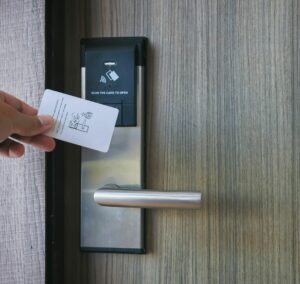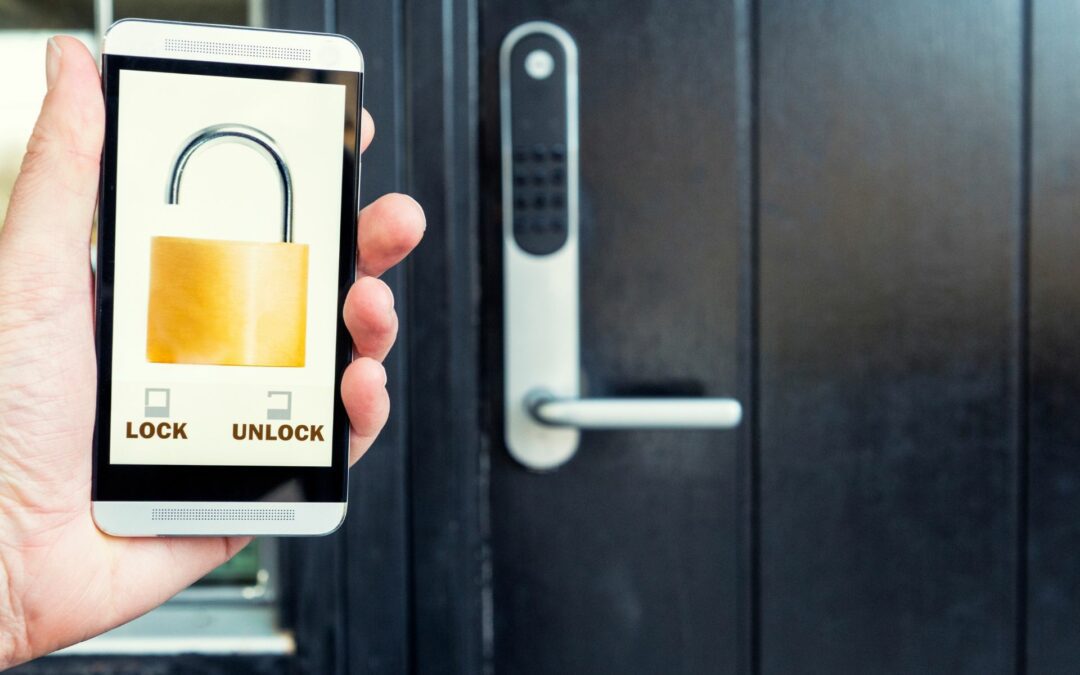Addressing Broken Key and Lock Malfunctions in Electronic and Digital Security Systems
In today’s rapidly evolving security landscape, businesses are increasingly turning to electronic and digital locks to safeguard their assets. These advanced locking mechanisms offer a myriad of benefits over traditional mechanical locks, including enhanced security features, improved access control, and the elimination of physical keys that can be lost or duplicated. However, as with any technology, electronic and digital locks are not without their challenges. One of the less commonly discussed but critically important issues is the problem of broken keys and lock malfunctions. This article delves into the complexities of addressing these issues, providing insights and strategies to ensure the integrity and reliability of electronic and digital security systems.
Understanding the Challenge of Broken Keys in Digital Locks
The term “broken key” takes on a new meaning when it comes to electronic and digital locks. Unlike traditional locks where a broken key refers to a physical piece of metal stuck in a lock cylinder, in the realm of electronic locks, a “broken key” can also involve malfunctioning digital credentials or hardware failures. These can include corrupted access cards, faulty key fobs, or glitches in software that render digital keys ineffective. The challenge, therefore, lies not just in the physical extraction of a key but in diagnosing and resolving technical issues that prevent legitimate access.


Strategies for Extracting Broken Keys and Addressing Lock Malfunctions
Immediate Deactivation and Reissuance of Digital Credentials: Upon detection of a malfunctioning digital key, the immediate step should be to deactivate the compromised credential to prevent potential security breaches. Subsequently, issuing new credentials to the affected users ensures continued access and minimizes operational disruptions.
Regular Maintenance and Updates: Regularly scheduled maintenance and updates are crucial for the smooth operation of electronic and digital lock systems. This includes updating software to patch known vulnerabilities, checking hardware for signs of wear and tear, and replacing components before they fail.
Professional Diagnostics and Repair: Engaging with professionals who specialize in electronic and digital lock systems is essential for the quick resolution of complex issues. These experts can perform detailed diagnostics to identify the root cause of the malfunction and implement the appropriate repairs or replacements.
Implementing Redundant Access Control Measures: To mitigate the impact of digital key or lock malfunctions, businesses should consider implementing redundant access control measures. This can include having multiple authentication methods (e.g., PIN codes, biometric verification, and physical key overrides) to ensure that there are alternative means of access in case of a primary system failure.
Investing in High-Quality Lock Systems: Opting for high-quality electronic and digital locks from reputable manufacturers can significantly reduce the likelihood of malfunctions. Premium locks often come with more robust security features, better build quality, and comprehensive customer support, including warranty services and technical assistance.
Training and Awareness Programs: Educating employees about the proper use of electronic and digital lock systems and what to do in case of a malfunction is crucial. Awareness programs can help prevent user-induced errors and ensure that issues are promptly reported and addressed.
Advanced Security Features: Modern electronic and digital locks come equipped with advanced security features designed to prevent unauthorized access and alert administrators to potential issues. These may include tamper detection, automatic lockout mechanisms, and real-time monitoring capabilities. Investing in locks with these features can provide an additional layer of security and facilitate quicker response times to malfunctions.
Regular Security Audits: Conducting regular security audits of the electronic and digital lock systems can help identify potential vulnerabilities or malfunctions before they become critical issues. Audits should assess both the physical hardware and the software components of the lock system, including the security of digital credentials.
The Future of Electronic and Digital Lock Security
As technology continues to advance, we can expect electronic and digital locks to become even more secure and reliable. Innovations in encryption technology, biometric authentication, and artificial intelligence are likely to further enhance the security and functionality of these systems. Additionally, the development of self-diagnosing locks that can automatically detect and report malfunctions or attempted breaches could revolutionize the way businesses manage their security infrastructure. If you want to be a part of this future contact us today at United Locksmith.

